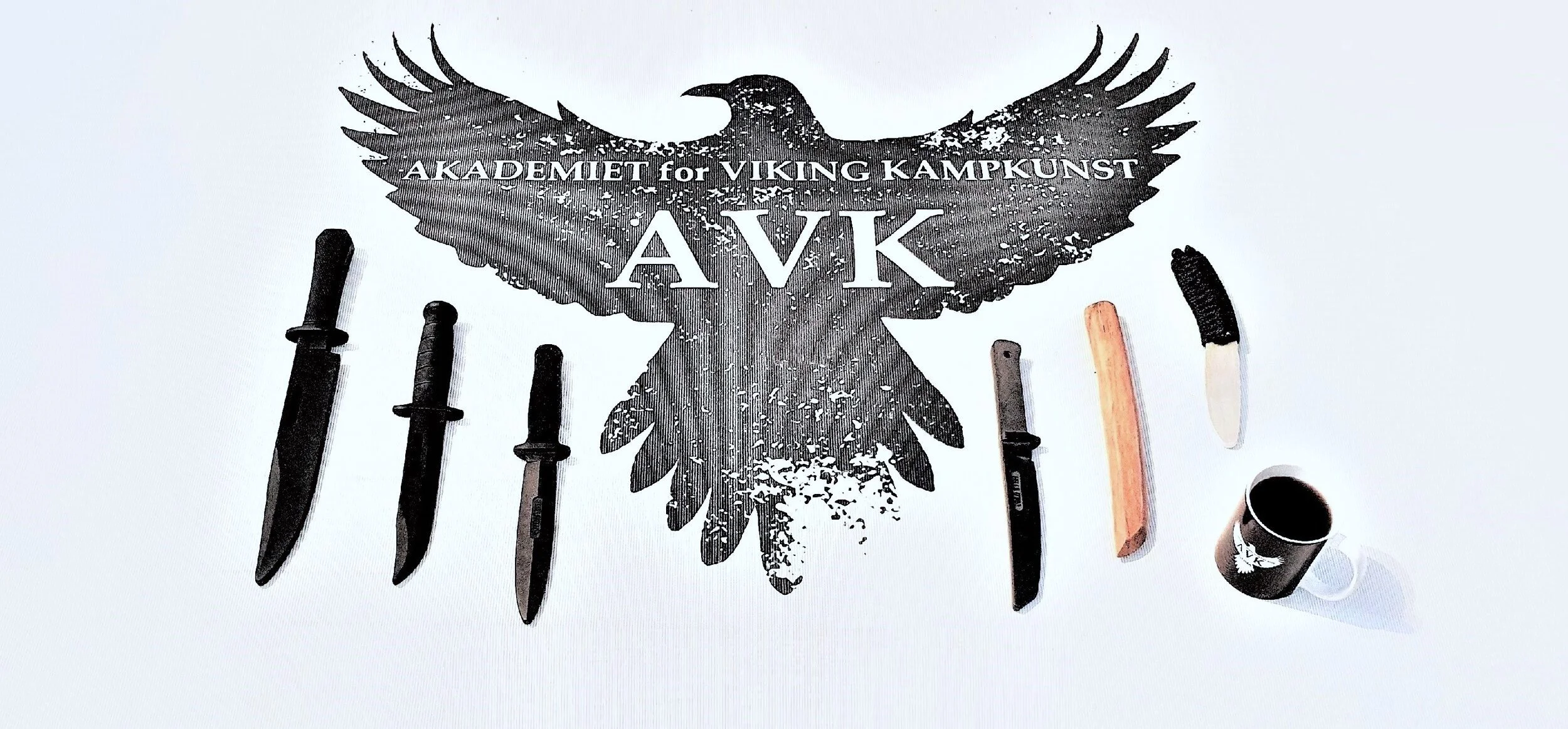TRAINING KNIVES by Tyr Neilsen
/No other sentence better describes how important the knife was to Viking Age society, than the Nordic proverb “Knívleysur maður er lívleysur maður” which translates to “The knifeless man is a lifeless man”.
Recent statistics for knife attacks in the US, UK and Europe, would suggest that knowing how to to defend yourself against a knife attack is becoming more and more important. But, where do you start? How do you safely and effectively train with a knife? The answer lies in choosing the right training knife.
ombat glima weapon training with cold steel rubber training knives - dagger and ka-bar
When it comes to training knives, there are several options available. Rubber, wood, polymer, and aluminum are some of the most common materials used in making training knives. Each material has its own unique characteristics that affect the size, weight, and cutting edges of the training knife.
Selecting the right training knife for your needs is crucial. A training knife that is too light or too heavy can affect your training outcomes. A rubber training knife may be ideal for beginners as it is lightweight, flexible, and safe to use. Wood or polymer knives offer a more realistic weight and feel, while aluminum knives provide a more realistic weight and balance, albeit with a higher risk of injury.
(FROM LEFT TO RIGHT) COLD STEEL RUBBER TRAINING LAREDO BOWIE, LEATHERNECK - SF, PEACE KEEPER I, RECON TANTO, HARDWOOD TANTO, ALUMINUM TRAINING KNIFE.






